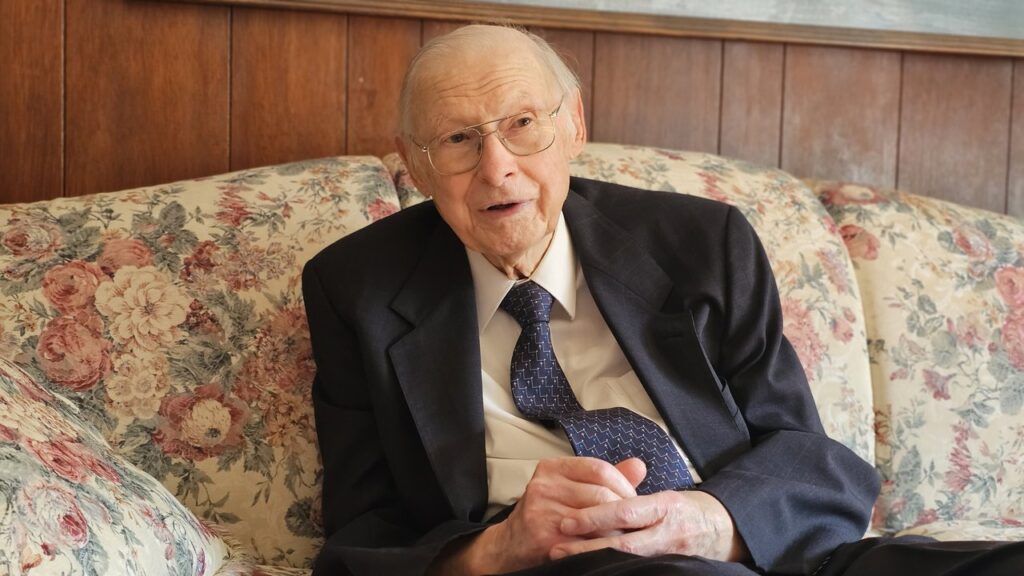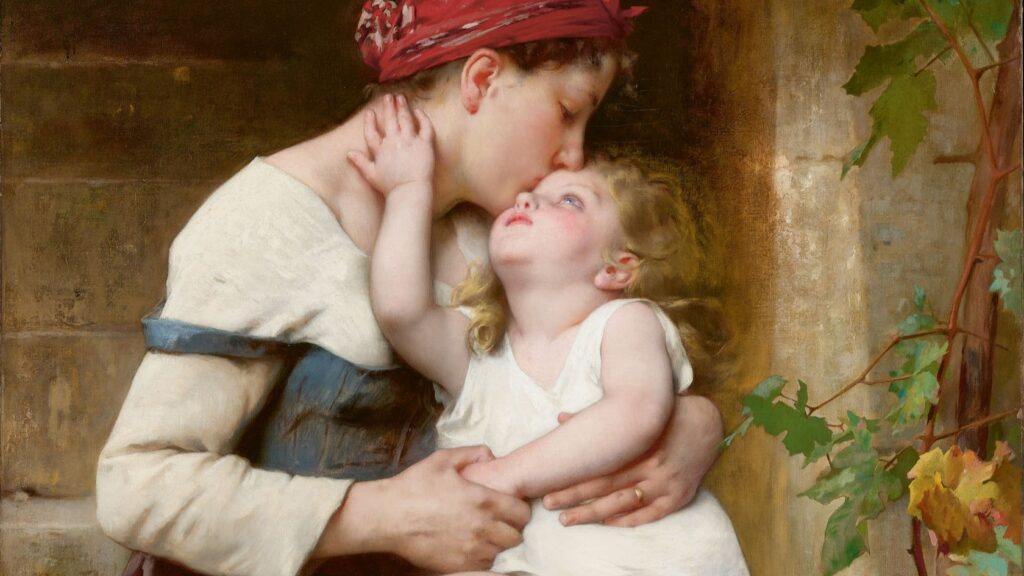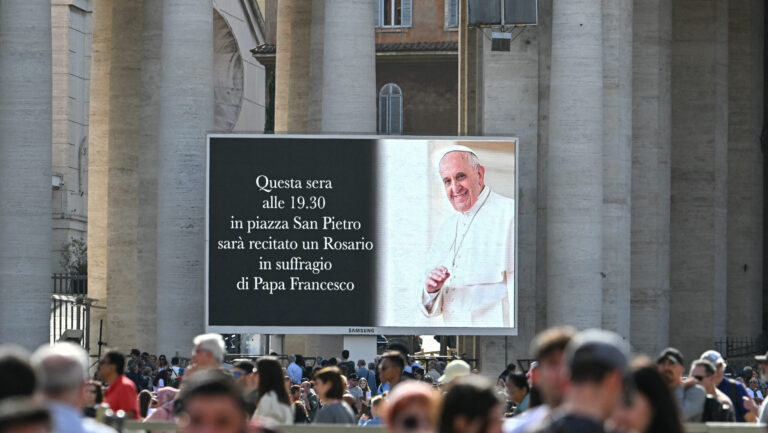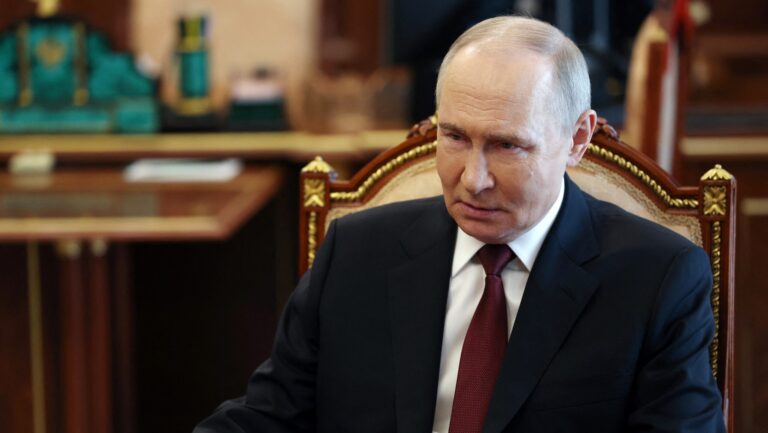18 July marks the birthday of Nelson Mandela, the first president of South Africa. Many commemorate him on this day, but his legacy is controversial, to say the least. For a significant portion of the world, Nelson Mandela is considered to be the hero of the struggle against apartheid and a champion of multiracial democracy. But there is another side to the story. It seems to be the case that Mandela was not the flawless role model or hero he is believed to have been.
Early Activity
Mandela started attending the University of the Witwatersrand in 1943, where he was the only black African student and faced racism. At university, his views regarding nationalism took a U-turn he used to support the British empire, a result of his British education–when he met Anton Lembede, an African nationalist, who was an affiliated member of the African National Congress (ANC) and who was a strong influence on Mandela. Mandela joined the ANC and they funded the African National Congress Youth League (ANCYL) together.
In the 1948 South African Elections only white people were permitted to vote and the Herenigde Nasionale Party assumed power. They were openly racist, and the party codified and expanded racial segregation with extensive ‘apartheid legislation’.
Apartheid legislation institutionalized racial discrimination and the dominance of white people over any other race. The key distinguishing factor of the ‘Apartheid’ compared to segregation in other countries is the systemic way in which it was codified.
Mandela was gaining popularity within the ANC and started to advocate for direct immediate action against apartheid, such as strikes or boycotts, which the ANC did not support.
In 1950, he was elected national president of the ANCYL and national executive of the ANC. In the same year, the Defend Free Speech Convention was held in Johannesburg. Activists of various nations and races came together to protest the apartheid. Interestingly enough, Mandela opposed the anti-racism protest because it was multiracial and not led by the ANC. He continued to argue against a racially homogeneous front but was outvoted at the 1951 ANC conference.
Following this failure, he turned his back on Lembede’s nationalism and embraced the multiracial front against apartheid, starting to consume the works of Marx, Lenin, and Zedong. In his autobiography he stated: ‘I found myself strongly drawn to the idea of a classless society which in my mind, was similar to traditional African culture where life was shared and communal.’
‘I found myself strongly drawn to the idea of a classless society’
The Defiance Campaign
The Defiance Campaign against Unjust Laws was presented by the ANC and launched in 1952 against apartheid laws. The campaign was the first multiracial political mobilization of its kind.
In many cities people and organizations performed acts of civil disobedience. The protestors were mostly non-violent. Over 2000 people were arrested in just one month, as people disobeyed the racist laws, such as entering buildings that were ‘whites-only’. Getting arrested was part of the plan, as the protestors hoped the mass imprisonment would overwhelm the government.
The government characterized the protests as anarchy and disorder. Authorities often used violence to force protestors to submit to them. Although the protest did not achieve its goals, the wide-scale action showed that there was a growing opposition to the apartheid regime.
As part of its battle against the anti-apartheid crowd, the government introduced the Suppression of Communism Act, as a result of which Mandela was arrested and found guilty of ‘statutory communism’ and received a suspended sentence of nine months of hard labour.
The Beginnings of Mandela’s Violence
After his 1952 sentence, Mandela did not stop working for the cause that he believed in. He continued to organize protests and concluded that violent action is necessary to end apartheid. He was arrested and banned from public appearances multiple times over the years, though these were relatively short stints in prison.
Mandela, inspired by Zedong and Che Guevera, founded the ‘Umkhonto we Sizwe’ or ‘MK’ (‘Spear of the Nation’) paramilitary wing of the ANC after it was outlawed in 1960.
A significant portion of the early members of the paramilitary were communists who helped hide Mandela from the authorities. Despite Mandela’s denials, according to the ANC and the South African Communist Party he did not only join the Communist Party, but served on the Central Committee.
The MK planned to bomb military installations, infrastructure, and transportation
The MK planned to bomb military installations, infrastructure, and transportation. In his autobiography Mandela justified these terrorist actions and stated that these were the least harmful options and did not involve killing, but that they would have gone down that path had it been necessary. The MK carried out 57 bombings in the December of 1961, with many more to follow.
1964 Imprisonment and Further Support of Violence
Thanks to a tip by the CIA, which feared Mandela’s associations with communists, Mandela was captured by the authorities and after months of trials he was sentenced to life imprisonment in 1964.
He spent the first 18 years of his imprisonment on Robben Island in a 2.4 by 2.1-meter concrete cell. Mandela was quite isolated and barely allowed any contact with most of the outside world for the first ten years. His conditions improved marginally after 1975 but the real ‘liberation’ came with his transfer in 1982.
He was transferred to Pollsmoor Prison in 1982. He was allowed to create a prison roof-garden and permitted 52 letters a year.
In 1985 he was offered to be released from prison by then President Botha, head of the Apartheid government, if he publicly rejected violence as a political weapon, which he declined. This goes to show that he is not the hero a lot of people think he is. In fact, his paramilitary organization, the MK, was responsible for hundreds of terrorist attacks during the years Mandela spent in prison.
After the 1985 offer, he had further talks with Minister of Justice Kobie Coetsee, who offered to release all political prisoners and legalize the ANC on the condition that they renounce violence and denounce the Communist Party.
The End of Apartheid and The Release of Mandela
After Botha suffered a stroke, F. W. de Klerk replaced him as state president in 1989. He believed that the apartheid was not viable moving forward and released all political prisoners. In 1990, Mandela’s unconditional release was announced.
Thanks to Mandela’s and other anti-apartheid activists’ multi-decade long fight, apartheid finally came to an end. Negotiations to end apartheid formally began in 1990, lasting for four years and ending with the first multiracial elections with full enfranchisement, which Mandela won.
Mandela’s Presidency
After taking office, the Truth and Reconciliation Commission was launched in 1995 to reckon with the human rights violations during apartheid. The Commission made the horrors of apartheid visible, revealing human rights abuses, such as segregation, relocation, deprivation of citizenship and exclusion from politics. As perhaps the Commissions biggest accomplishment, it served as a healing tool to relate stories and experiences.
Multiracial Democracy
Mandela is rightly celebrated for presiding over South Africa’s transformation from an apartheid state into a multiracial democracy. From a social standpoint, his presidency can be characterized by racial reconciliation. For example, he promoted support for the national rugby team, which had mostly white players, and avoided ANC triumphalism, avoiding for instance mass changes of place names.
Despite his efforts, many years after the foundation of the ‘multiracial democracy’, racism continues to be a reality to some extent.
Consequently, violence against white people also occurs, as land inequality still exists despite the land reform programmes implemented since. After being freed from under the apartheid laws, some people hold the stance that it is justifiable to murder those who have land due to South Africa’s past, manifesting in attacks and murders against white farmers. While this may appear to be an issue that stems from the class-divide, it is undoubtedly connected to race.
Some people hold the stance that it is justifiable to murder those who have land due to South Africa’s past
Friend of Dictators and Weapons
On the other hand, the most notable feature of Mandela’s term was the fact that he admired dictators and purchased a lot of weapons. In 1998 and 1999, the South African Department of Defence purchased billions of dollars’ worth of military equipment, in spite of the need to solve the deep socio-economic problems caused by the apartheid.
Before Mandela’s presidency, Sani Abacha seized power in Nigeria with a military coup in 1993. After his election as president, Mandela refused to publicly condemn his actions.
What’s more, Gaddafi and Suharto were two of the biggest donors of Mandela’s ANC in the 1990s. Following the ‘donations’ he awarded them both with the country’s highest honours.
He also maintained close ties with Cuban dictator Fidel Castro and Palestinian terrorist leader Yasser Arafat, further solidifying his image as the friend of dictators.
Considering this, perhaps it was ill advised of the Budapest Mayor’s Office to establish a memorial park in honour of Nelson Mandela.
While Mandela’s fight to end apartheid was undeniably important and he should be commended for it, it is just as important to remember his shortcomings. He founded MK, a terrorist organization, responsible for hundreds of domestic attacks over the years. Instead of rejecting violence as a political tool, he embraced it. After his release and election, he had close relations to similarly violent dictators and authorized reckless military spending. He is not a hero or a villain, but rather a deeply flawed human being who has done both admirable and deplorable things.








